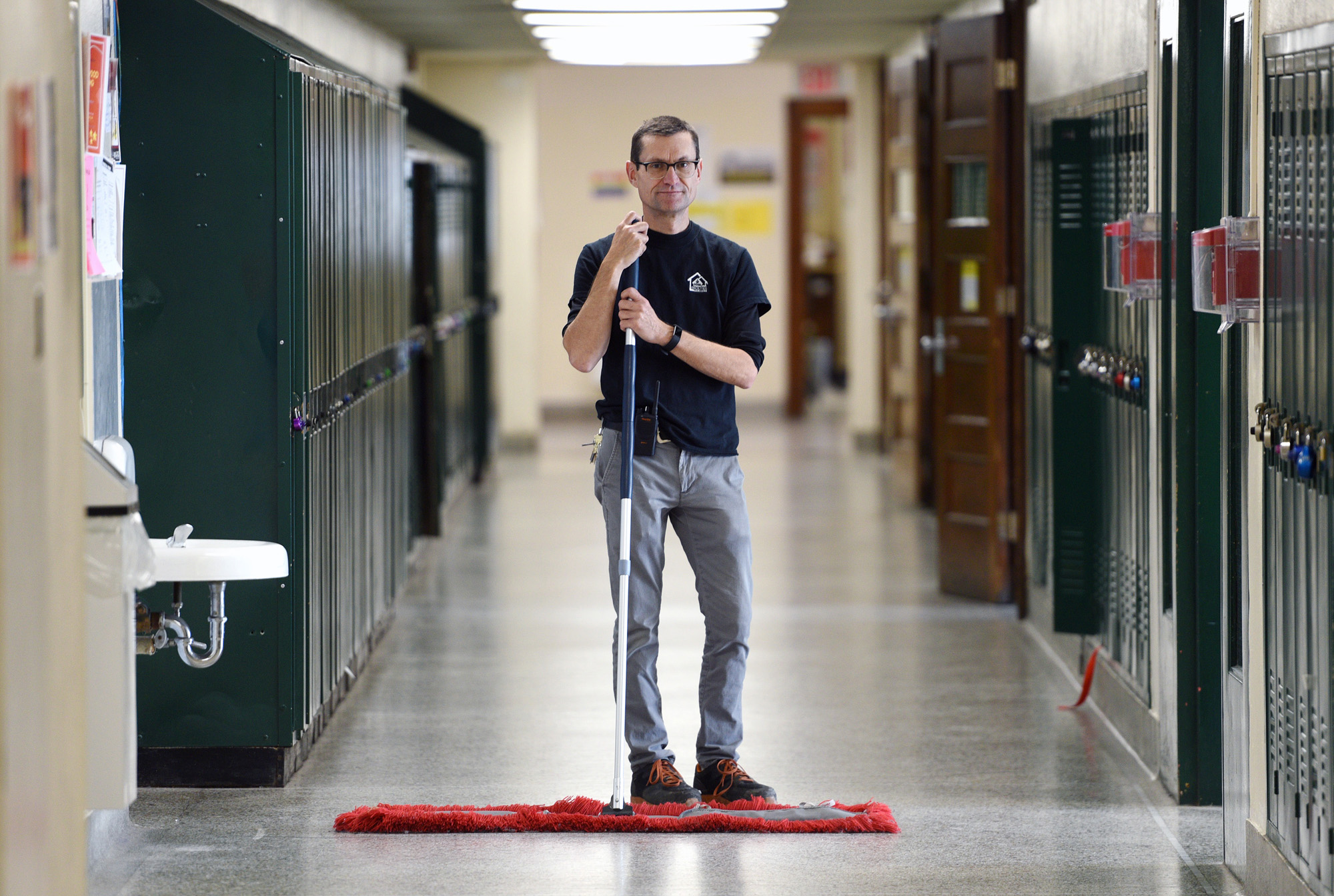People for Education released its Annual Report on Ontario’s Publicly Funded Schools on June 17, 2019, with a press conference at Queen’s Park highlighting that in a time of rapid social and economic change such as the one we are currently living in, well-resourced public schools are more important than ever. In fact, the results from the 2019 People for Education Annual Ontario School Survey, which includes data from 1254 schools, clearly demonstrated the positive impact when provincial government education policy change is accompanied by resources and coherent strategies.
People for Education also emphasized at their press conference that the main focus must be on how provincial government education policy and provincial funding decisions around education actually impact the 2-million students in Ontario who attend publicly funded schools each day.
Fix Our Schools applauds the systematic and detailed research collected and shared each year by People for Education, an independent, non-partisan organization that creates evidence, instigates dialogue, and build links so that people can see — and act on — the connection between publicly funded education and a fair and prosperous society. At Fix Our Schools, we know how key research and data can be in making effective change to any system and have relied very heavily on school disrepair data in our own campaign over the years.
If you are interested in publicly funded education, we encourage you to read the whole Annual Report, which covers wide-ranging topics from special education to technology in the classroom. For the Fix Our Schools campaign, we were particularly struck by the following findings that clearly demonstrate how important it is for our provincial government to provide the adequate, stable funding required for all Ontario publicly funded schools to be safe, healthy, clean and well-maintained buildings in which to learn and work.
- From page 7 of the Annual Report: “Custodians School custodians support the school in many ways, ensuring healthy and functioning facilities. Custodians play a critical role in keeping schools clean and addressing health and safety issues. In elementary schools, there is an average of one custodian for every 198 students, and in secondary schools the ratio is 1:231.”

Bill Houlden, one of the head custodians at O’Neill CVI, has been a custodian with the Durham District School Board for 12 years. On Nov. 19 he was recognized with the DDSB’s Educational Services Staff Award, an annual award that recognizes school staff such as custodians, clerical staff and educational assistants who go above and beyond.
- From page 7 of the Annual Report: “On last year’s Annual Ontario School Survey, 22% of principals in elementary schools reported that managing facilities was the most time-consuming part of their jobs.” (People for Education, 2018a, 2018b).
- From page 7 of the Annual Report: “The custodian works 5.5 hours. 7- 9 am and 2- 5:30 pm (the provincial education funding model means our custodian must split their time between schools so we do not have a full-time custodian on site). The hours in between I am responsible for the custodian duties that arise (toilet cleaning, cleaning bodily fluids, shoveling walkway if we have lots of snow fall, putting out sand on the parking lot in winter months). I also teach for .5 of the day as LRT (special education) and Reading Recovery teacher and have full Principal duties.” Principal of an Elementary school, Huron Superior CDSB
- From page 8 of the Annual Report: “Principals and vice-principals are feeling increasingly overwhelmed by the number of initiatives they are responsible for. The risk of burn out has increased dramatically over the past 10-15 years. Principals and vice principals wish to focus on instructional leadership, but they must spend time on other organizational challenges such as Plant or Facilities issues, IT, HR, mental health of students and staff, health and safety legislation, transportation, finance, etc.” Secondary school, Renfrew County DSB
